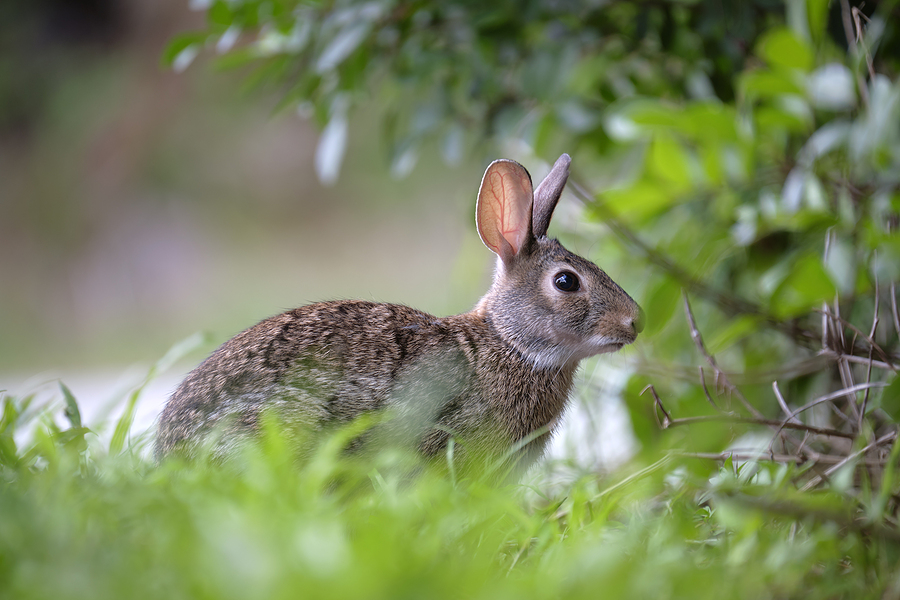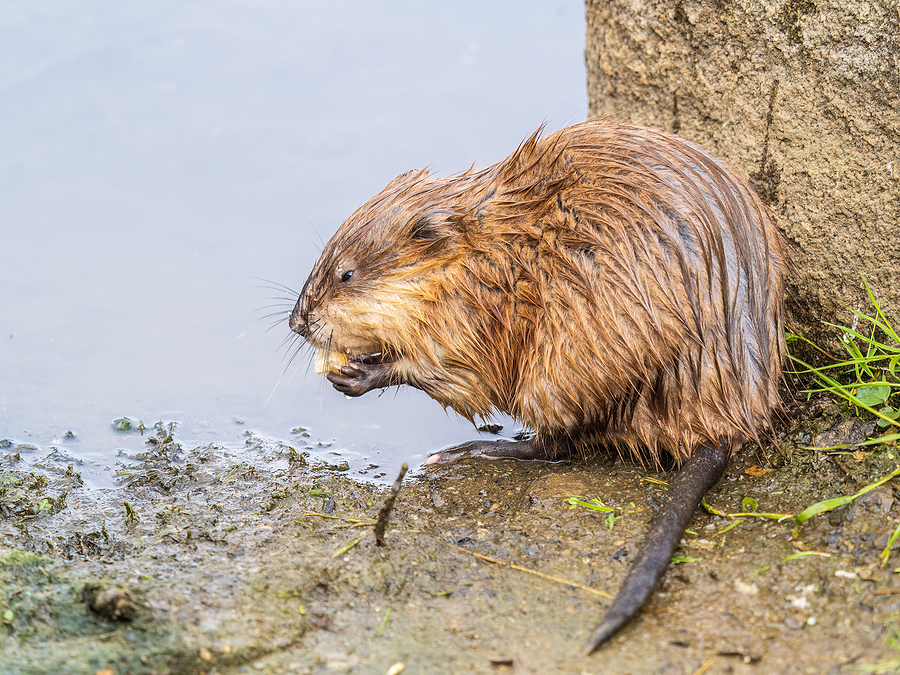Indiana, the Hoosier State, is known for its lush forests, thriving farmlands, and abundant wildlife. Amongst the charming animals that inhabit this region, burrowing and denning creatures are particularly fascinating. For homeowners, nature enthusiasts, and Indiana residents, understanding these animals and their behaviors is essential. Not only do they play a significant role in maintaining local ecosystems, but they also impact your property and daily life.
In this blog post, we will explore the wild animals in Indiana that burrow and den. You’ll learn about their behaviors, why they burrow, how they affect the environment, and what to do if they become more than just interesting neighbors. It’s time to dig deeper into the underground world of Indiana’s burrowing wildlife!

Types of Burrowing Animals in Indiana
Many animals in Indiana call the underground home. Each has its unique benefits and challenges. Let’s meet some of the most common burrowers:
Eastern Chipmunks
These small, striped rodents are quite the diggers. Eastern chipmunks create complex burrow systems with multiple entrances and chambers. These burrows serve as food storage, nesting sites, and safe havens from predators. While their antics can be charming, chipmunks may cause issues by undermining structures or gardens.
Groundhogs
Groundhogs, also known as woodchucks, are famous for their burrowing abilities. These large rodents create extensive tunnel networks that can stretch up to 45 feet. Groundhogs are primarily herbivores, feasting on plants, grasses, and crops, which sometimes puts them at odds with farmers and gardeners.
Skunks
Skunks are well-known for their distinctive black and white coloring and their unmistakable spray. They dig burrows to shelter themselves and raise their young. Although they’re generally harmless, skunks can become a nuisance if they decide to den under your porch or shed.
Foxes
Red and gray foxes are skillful hunters and clever den builders. They create dens for raising their pups and taking refuge from harsh weather. While foxes help control rodent populations, their presence can be alarming for those with small pets.
Yard Moles
Moles are small mammals that spend most of their time underground. They dig tunnels and create vast networks as they search for food, which is primarily earthworms and insects. While moles rarely damage crops or structures, their tunnels can ruin lawns and gardens.
Voles
Voles, also known as meadow mice, are small rodents that resemble mice but have shorter tails. They dig shallow burrows to nest, store food, and travel throughout their territory. Voles can be significant pests for farmers and gardeners as they feed on a variety of plants.
Ground Squirrels
Indiana is home to two species of ground squirrels, the thirteen-lined and Franklin’s. These small rodents dig intricate networks of tunnels for shelter and food storage. While they can be beneficial for controlling insect populations, they can also damage crops and gardens.
Reasons Animals Burrow in Indiana
Burrowing behavior has evolved to provide animals with shelter, security, and access to food sources. Some common reasons animals burrow in Indiana include:
- Protection from predators: By digging underground homes, animals can protect themselves and their young from larger predators.
- Temperature regulation: Burrows offer a stable temperature year-round, providing warmth during the colder months and coolness during hot summers.
- Food storage: Some animals, such as chipmunks and groundhogs, use their burrows to store food for the winter.
- Nesting sites: Burrows make excellent nesting sites for animals to give birth and raise their young.
The Importance of Burrowing and Dens
Burrowing is more than just a survival tactic; it serves various essential functions for wildlife. These underground homes provide shelter from harsh weather and predators, creating safe spaces for animals to raise their young. Additionally, burrows and dens help regulate temperature and humidity, ensuring a stable environment for their inhabitants.
For some species, burrowing plays a vital role in habitat protection. By digging below the surface, these animals aerate the soil, promoting healthy plant growth and nutrient cycling. Their activities contribute to maintaining a balanced ecosystem, which benefits other animals and humans alike.
The Impact on Homeowners and Ecosystems
While burrowing animals are vital to the environment, they can create challenges for homeowners. Tunnels and dens beneath your property may lead to structural damage, unstable ground, or disrupted landscaping. In agricultural settings, they can cause crop loss and soil erosion.
On the flip side, these animals provide ecological benefits. For instance, their presence helps manage pest populations, such as insects and small rodents. Their burrows can also serve as habitats for other creatures, enhancing biodiversity. It’s crucial to weigh the advantages against the potential drawbacks when dealing with burrowing wildlife.
Tips for Dealing with Burrowing Wildlife
If you find yourself living alongside burrowing animals, there are several strategies to manage their presence:
- Identify the Problem – Begin by identifying the type of animal causing issues on your property. This information will help you determine the most effective management approach.
- Modify the Environment – Make your property less appealing to burrowing wildlife by removing food sources, sealing off potential entry points, and maintaining your yard. Simple changes can go a long way in preventing unwanted guests.
- Use Deterrents – Consider using non-lethal deterrents, such as noise or light devices, to discourage animals from settling on your property. Be sure to choose methods that are safe and humane.
- Hire a Wildlife Control Service – For more persistent issues, hiring a professional wildlife control service can be the best course of action. These experts can safely and effectively manage burrowing animals without causing harm to them or your property.
The Importance of Safe Wildlife Management
When managing nuisance wildlife, it’s essential to prioritize safety and humane practices. Many animals are protected by state and federal laws, which may restrict certain actions. Before taking any measures, familiarize yourself with Indiana’s wildlife regulations.
Safe wildlife management protects you, your property, and the animals. By adopting responsible practices, you contribute to preserving the delicate balance of Indiana’s ecosystems and support the coexistence of humans and wildlife.
Conclusion
Indiana’s burrowing wildlife offers a fascinating glimpse into the natural world. These creatures play essential roles in maintaining healthy ecosystems while presenting unique challenges for homeowners and landowners. By understanding their behaviors and impacts, you can make informed decisions about managing their presence on your property.
For those interested in supporting local wildlife and habitat preservation, consider getting involved with conservation organizations. These groups work tirelessly to protect Indiana’s natural heritage and ensure a future where people and wildlife can thrive together. Remember, living with the wild is an opportunity to learn, grow, and appreciate the beauty of nature right in your backyard.
Ready to protect your lawn from burrowing and tunneling wildlife? Contact Budget Animal Removal at 317-875-3099 for licensed and insured Indianapolis animal removal and control for moles, groundhogs, squirrels, skunks, and more. Request a free estimate or advice, today!
Related Posts:
Defeating Lawn Invaders: What You Need to Know About Tunnel-Digging Animals
The Homeowner’s Guide to Chipmunk Control: Prevention, Solutions, and Security
Mole-Free Lawns: A Homeowner’s Guide to Exterminating Yard Moles









